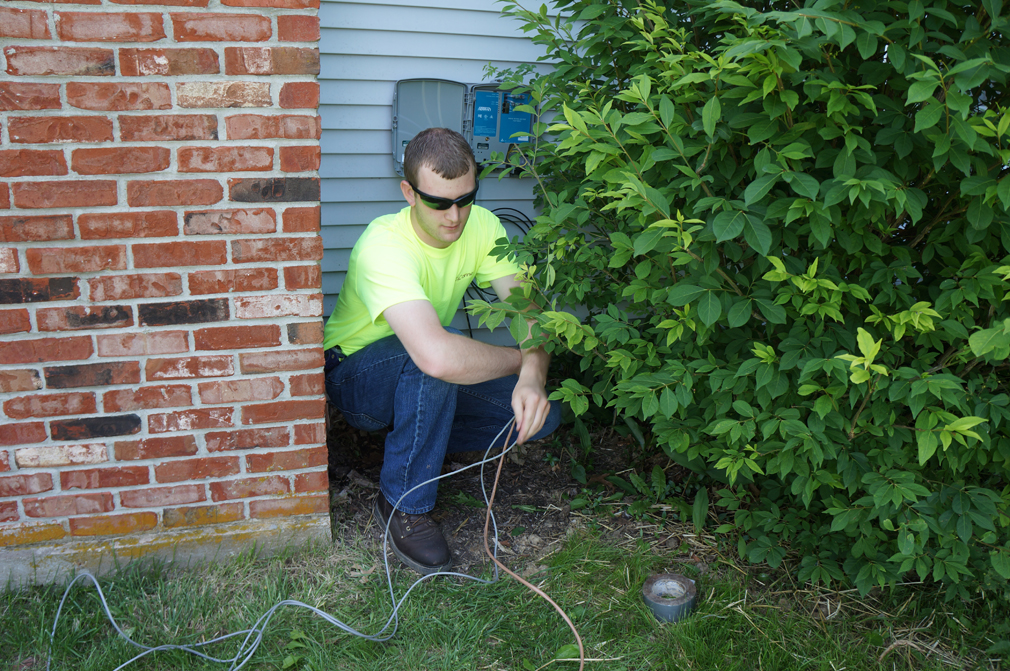Fibre cable installation is not an easy task for most of us. It’s thought as the job of professional engineers since special training is needed during the complicated process. But it would be better if you know knowledge of fibre cable installation in case that you need to run fibre cable in your home or business. This article is going to offer you some tips for fibre cable installation.

Before starting fibre cable installation, please make sure there is fibre optic service in your area. If it’s available, find the nearest distribution box. What you need to do is to run fibre cable from the box to your house.
A considerate plan is the first step of successful fibre cable installation. Carefully design the cabling route. It would be better if you mark where the cable goes, into the walls, or underground, or through conduit… Point out all the termination points and splice points. At the same time, write down any potential problems you may come across during the installation. A good plan is also beneficial to avoid fibre cable waste.
Once finish the plan, you’re going to buy fibre optic cable for your applications. Except fibreoptic cable, you need tools for cable management & installation, fibre splicing and fibre testing. So make a shopping list for your fibre cable installation. Then select a reliable fibre cable supplier who can meet the requirements of both high quality and low cost.
Leave spare cable length—Each fibre cable for installation should be a few inches longer than the plan says. Because you can’t make sure everything goes as you wish. So you should leave plenty of spare fibre cables when beginning cable installation work.
Avoid electrical interference—Though fibre cable is not as vulnerable to electrical noise as copper cables, some devices, such as the boxes for fluorescent lights, may cause interference. So keep your fibre cable three or more feet from those devices.
Avoid end face contamination—The tip of fibre optic connector can be easily contaminated or damaged. So leave protective caps on until you are ready to plug into the equipment. Don’t forget to inspecting the end face before plugging in. If there is any contaminate, clean it.
Fibre network testing—Test each section of your fibre optic network. That’s easy to discover the problem and troubleshoot it. Don’t do this work until you finish the entire cable installation. In that situation, it’s hard to find out the trouble if the network fails.
Don’t bend fibre cables. Fibre optic cables perform the best when it is running straight. But during installation in reality, sometimes bending can’t be avoided. Cables from different vendors may have different standards of bend radius. Or you can buy bend insensitive fibre cable for better performance.
Don’t pull too hard on the cable. Properly pull the fibre cable to avoid bending or snagging through the conduit or underground. However, don’t pull it too hard especially when the fibre cable is too short. Otherwise, it would ruin the cable or fibre optic connector.
Don’t mix and match different core sizes. Fibre optic cables are typically colour coded. From the outside cable jacket, you can get information about fibre core sizes. To know more about fibre cable jacket, you can visit my last blog What Can We Get From Fibre Cable Jacket?
Don’t pinch the fibre cable. Pinch the fibre cable can squeeze the fibre and affect link performance. When use zip-ties, pay attention to this point.
Once you finish fibre cable installation, you can enjoy fibre optic network. See, fibre cable installation is not as tough as you think. Follow these tips mentioned above when you run cables for your house, you can keep away from most bothering issues.
